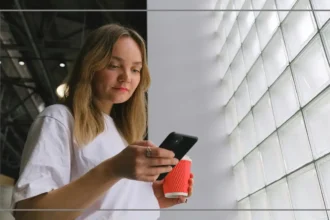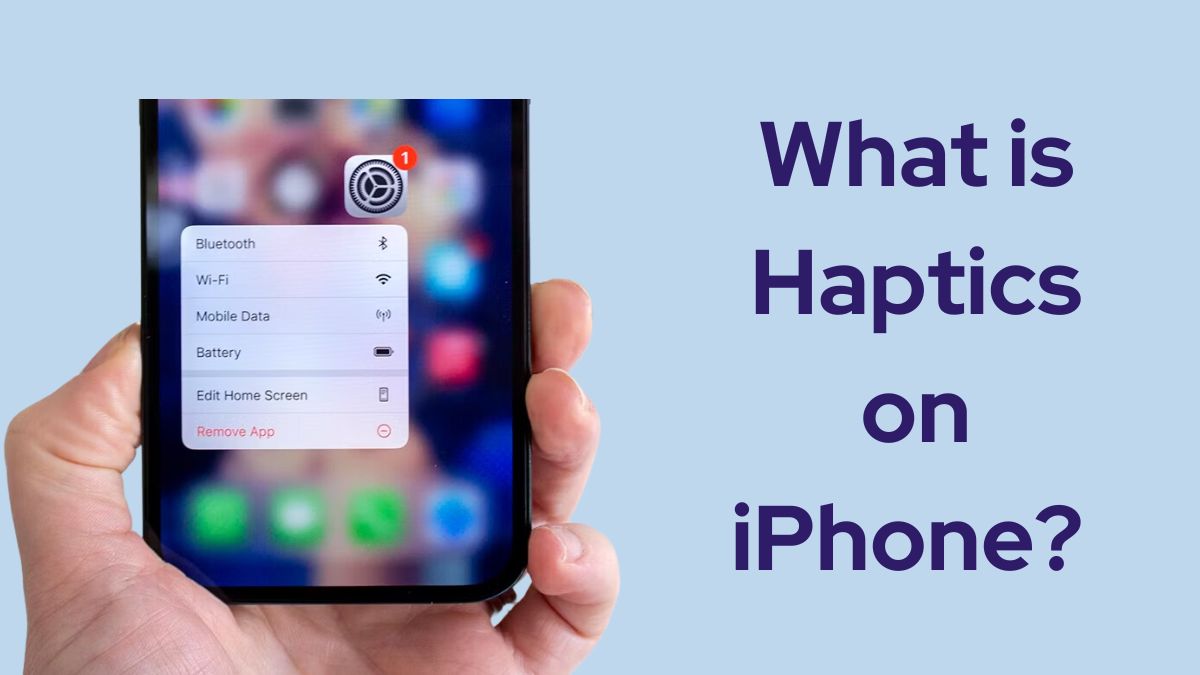If you own an iPhone, you’ve likely experienced the satisfying vibrations and taps that accompany certain actions, like typing on the keyboard or receiving notifications. This technology is called haptics, and it’s a key part of the iPhone user experience.
Let me show you what haptics are, how they work on iPhones, and the various ways they enhance your interactions with your device.
What Is Haptics?
Haptics refers to any technology that creates an experience of touch by applying forces, vibrations, or motions to the user. In the context of smartphones like the iPhone, haptics provide tactile feedback that simulates the feeling of pressing physical buttons or interacting with real objects, despite the device having a flat touchscreen.
Apple first introduced an advanced haptic technology called 3D Touch with the iPhone 6S in 2015. 3D Touch could detect different levels of pressure on the screen and provide contextual menus and actions. However, Apple later transitioned away from 3D Touch and introduced Haptic Touch, a more software-based solution, starting with the iPhone XR.
Check: What Is Haptics on iPhone 13?
How Haptic Touch Works on iPhone
Haptic Touch, the current haptic technology used in iPhones, relies on the Taptic Engine, a small vibration motor inside the device. When you perform certain actions, like long-pressing an app icon or adjusting a slider, the Taptic Engine generates precise vibrations that mimic the feeling of a physical response.
Unlike 3D Touch, which required pressure-sensitive hardware, Haptic Touch is a software-based solution that works by detecting the duration of your touch rather than the force applied. This allows Apple to offer haptic feedback on a wider range of iPhone models without the need for specialized hardware.
How to Customize Haptic Touch Settings
Apple provides several options to customize your iPhone’s haptic feedback to suit your preferences. You can adjust the strength of the vibrations, choose different vibration patterns for various alerts, and even create your own custom vibration patterns.
To access these settings:
- Open the Settings app on your iPhone
- Tap “Sounds & Haptics”
- Under “Ringtone and Alerts,” you can choose different vibration patterns or create your own
- Scroll down to “System Haptics” and toggle it on or off to enable or disable haptic feedback for system controls and interactions
Haptics in Action: Examples and Use Cases
Haptic Touch enhances numerous interactions on your iPhone, providing a more engaging and intuitive user experience. Some common examples include:
- Keyboard Feedback: Feel a gentle tap each time you press a key on the virtual keyboard.
- Notifications: Receive distinct vibration patterns for different types of alerts, like text messages or emails.
- Control Center: Experience haptic feedback when adjusting sliders for volume or screen brightness.
- App Icon Menus: Access quick actions by long-pressing on an app icon and feeling a haptic confirmation.
- Camera Controls: Feel vibrations when capturing photos or switching between camera modes.
Developers can also leverage Apple’s Core Haptics framework to create custom haptic experiences within their apps, such as in games or creative tools. By thoughtfully integrating haptics, developers can create more immersive and engaging apps that feel responsive and intuitive.
Read: How To Change Alarm Volume On iOS
Final Words
Haptics are a crucial aspect of the iPhone user experience, providing tactile feedback that makes interactions feel more natural, responsive, and engaging. Through technologies like the Taptic Engine and Haptic Touch, Apple has made it possible to simulate the feeling of pressing physical buttons or interacting with real objects on a flat touchscreen.
As haptic technology continues to advance, we can expect iPhones to offer even more immersive and intuitive experiences in the future. By understanding and using haptics, developers can create apps that are not only visually appealing but also satisfying to use on a tactile level.






